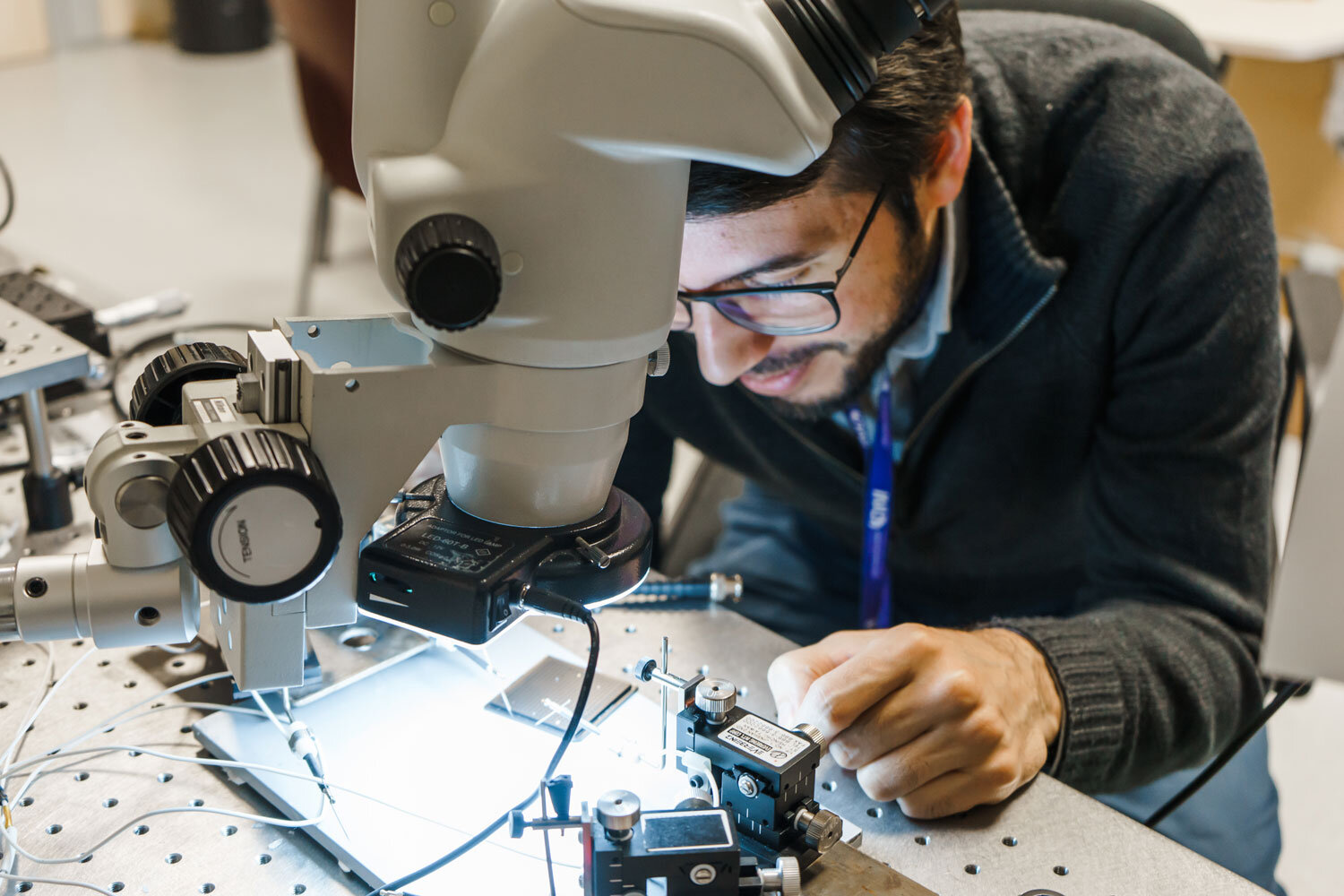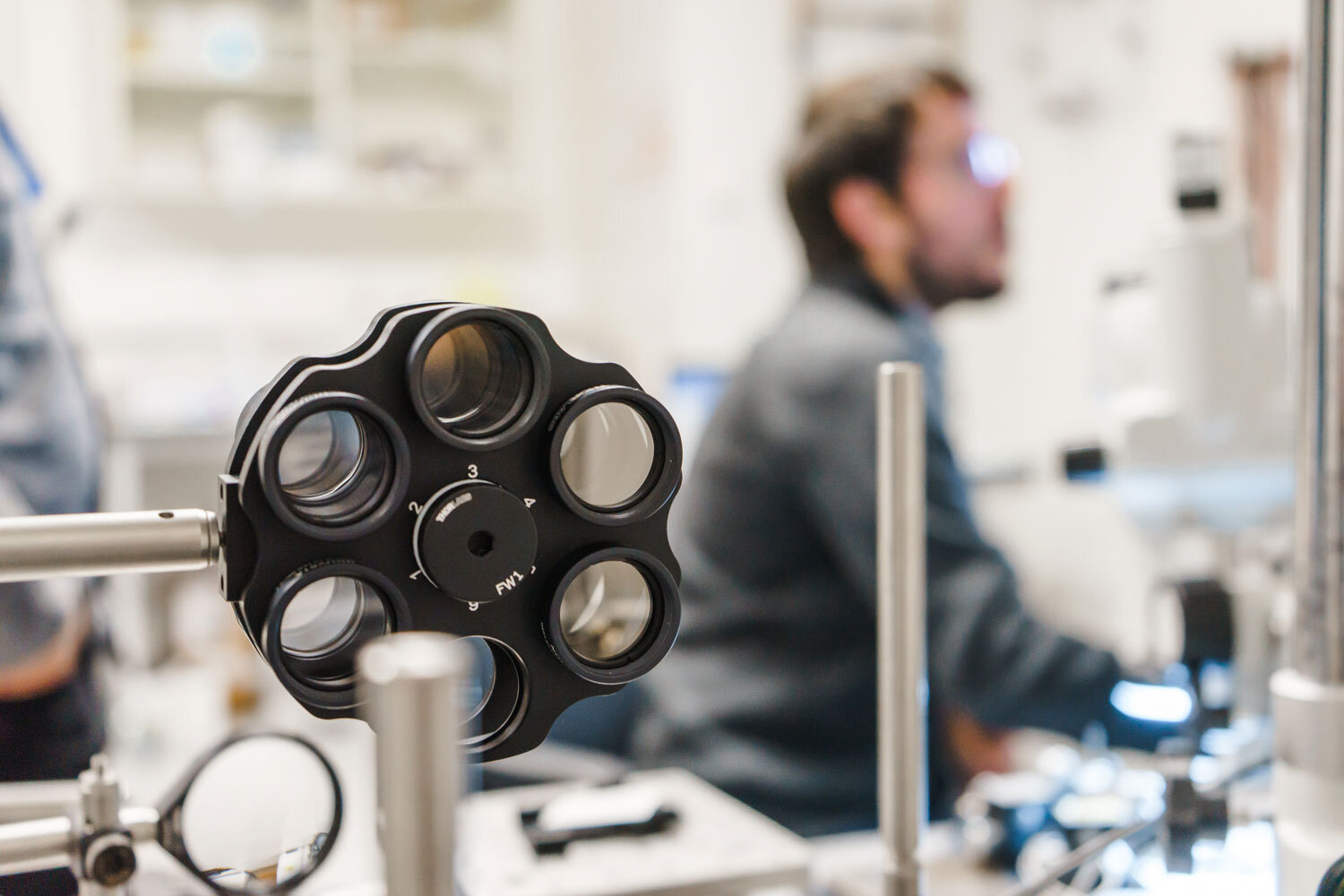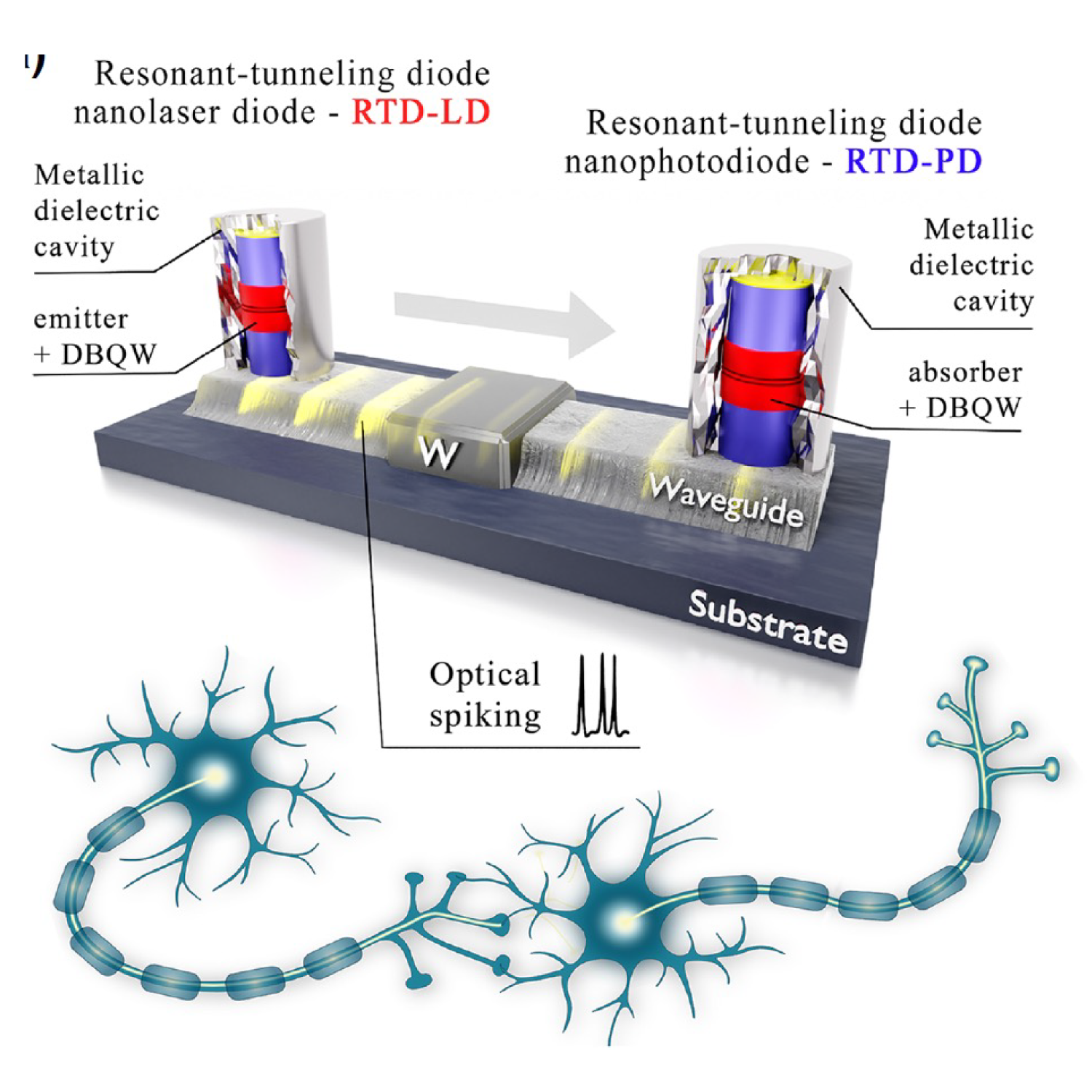
Optical Materials Express feature issue, with the participation of INL Research Team
October 28, 2021
Bruno Romeira, Staff Researcher at the Ultrafast Bio- and Nanophotonics group and coordinator of the H2020-FET-OPEN project “ChipAI” was invited as Guest Editor of a special issue related to Photonic Neuromorphic Computing in a prestigious journal from the OPTICA (formerly OSA) – “Emerging Optical Materials, Devices and Systems for Photonic Neuromorphic Computing”.
In his own words, “I am very pleased of being part of the guest editorial team of OPTICA (formerly OSA), jointly with researchers across the world, in the recent field of neuromorphic photonics. I strongly encourage authors to submit their most recent achievements in this feature issue covering advances on light-enabled machine learning and artificial intelligence systems”.
This feature issue will highlight recent advances in the field of neuromorphic photonics for light-enabled machine learning and AI systems. This includes advanced neuromorphic photonic devices for artificial optical neurons, synaptic devices, photonic memories, etc., built from key-enabling optical components such as lasers, LEDs, photodetectors, micro-resonators, modulators, and plasmonic elements. Emerging neuromorphic photonic architectures will also be highlighted including photonic (spiking/convolutional/feed-forward/recurrent) neural networks, integrated photonic-electronic neuromorphic processing systems, and photonic tensor-core systems, amongst others.
Topics to be covered include but are not limited to:
-
Material platforms for photonic neuromorphic computing and/or synapses including but not limited to silicon photonics, phase-change materials, high-speed switchable electro-optic materials, plasmonic systems, 2D layered materials, active emitter and photodetector materials etc.
-
Photonic devices and architectures for non-volatile memories, in-memory computing, spiking-neuron systems, machine learning, etc.
-
All-optical implementations of neural networks based on e.g. fiber optical and/or integrated photonic systems, frequency combs, excitable lasers, cryogenic systems, Mach-Zender-interferometer platforms, etc.
-
Intelligent algorithms for nanophotonics and optical system designs
-
Free space optics and optoelectronics for machine learning
-
Photonic reservoir computing
-
Optical Ising machines
All papers need to present original, previously unpublished work and will be subject to the normal criteria and peer-review process of the Journal. The standard OMEx publication charges will apply to all published articles.
Manuscripts must be prepared according to the usual guidelines for submission to Optical Materials Express and must be submitted online through Prism’s manuscript submission system. When submitting, authors should specify that the manuscript is for the “Emerging Optical Materials, Devices and Systems for Photonic Neuromorphic Computing” feature issue (choose from the drop-down menu).
Feature Issue Guest Editors
Antonio Hurtado, University of Strathclyde, United Kingdom (Lead Editor)
Bruno Romeira, INL – International Iberian Nanotechnology Laboratory, Portugal
Bhavin Shastri, Queen’s University, Canada
Zengguang Cheng,Fudan University, China
Sonia Buckley, NIST, USA
Submissions open: 1 November 2021 | Close: 1 December 2021



